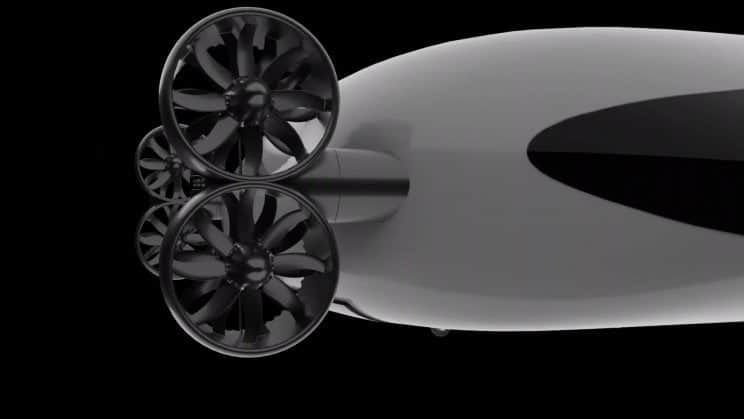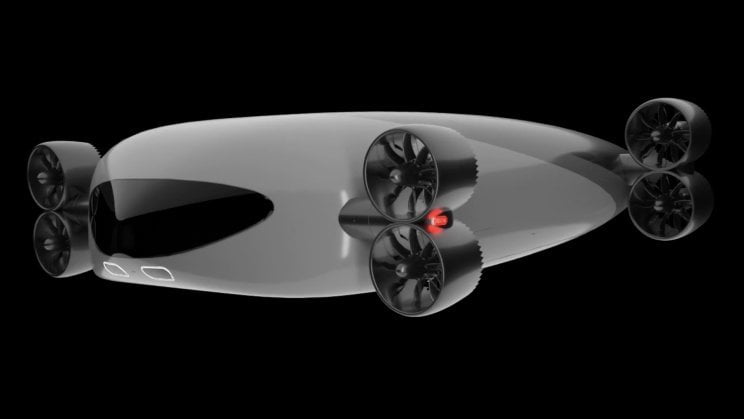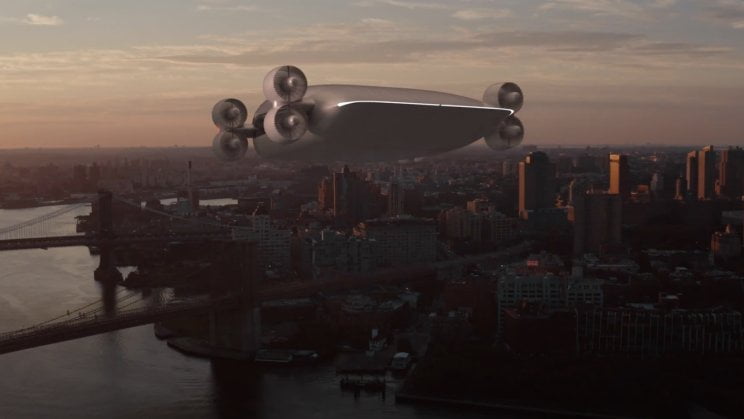We are on the brink of the flying taxi revolution. Big eVTOL startups like Lilium and Volocopter design a future of small 2-7 passenger aircraft that will take us safely and quickly to our destination.
Then there is an anomalous startup, almost an outsider, which has a completely different vision. New York-based Kelekona aims to build a much larger, 40-passenger eVTOL for long “extra-urban” trips.
From city to city
Kelekona's new eVTOL (manned) is an aircraft that carries 40 passengers or 4540kg (10.000lbs) of cargo. The company claims on its website that its concept will be able to cover the distance of 531 km (330 miles) between Los Angeles and San Francisco in just one hour.
A flying drop for mass passenger transport

Kelekona's eVTOL has an unusual teardrop-shaped airframe. Rather than having a large wingspan, it has a wide, curved body with fins at the back, designed to generate lift. Essentially, the entire body of the plane is a wing.
It lifts off the ground like other drones, with 8 turbines: once at altitude, these turbines adapt accordingly for forward flight.
One of the few eVTOL concepts with high passenger capacity
I imagine that the Kelekona aircraft needs a rather heavy battery pack to carry its passengers from city to city. This may be why it features replaceable batteries. At each trip, disembarkation, boarding, system check, battery change and so on for the return journey.
On its website, Kelekona explains that “a combination of stereo cameras and radar offers a large observation range for the detection and avoidance of unknown aircraft, flocks of birds and weather anomalies.”

Think big
Perhaps the two best-known flying taxi startups in the world, Volocopter and Lilium, are focused on smaller aircraft.
The closest concept to Kelekona's is the airplane skybus developed by GKN Aerospace, with a proposed capacity of 30-50 passengers.
Unlike Kelekona's design, Skybus sports two massive wings (and makes it harder to find a spot to land within the city).
And then you want to put the satisfaction of making a bang of UFO sightings from the first test flights?
Here is a demonstration video.


